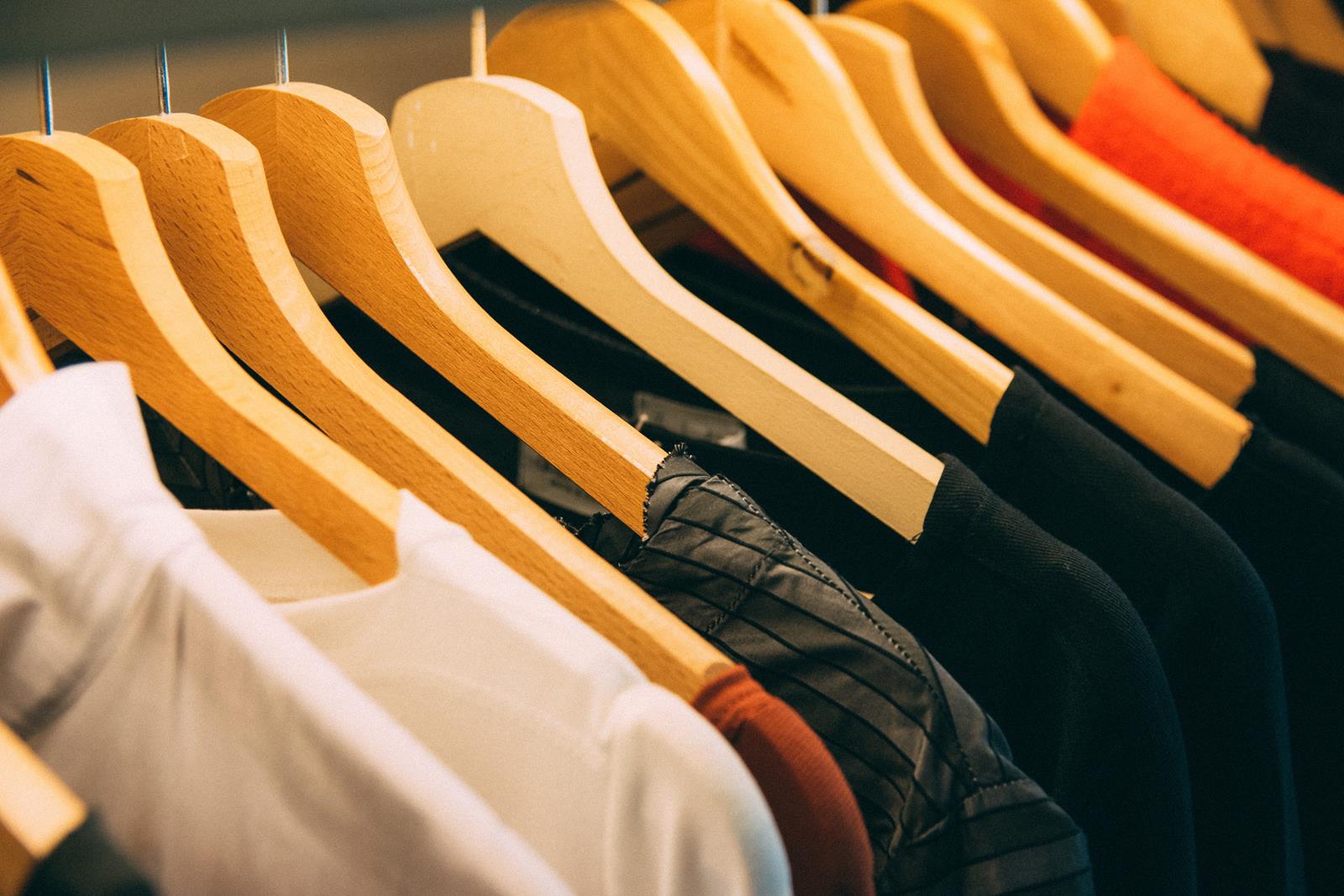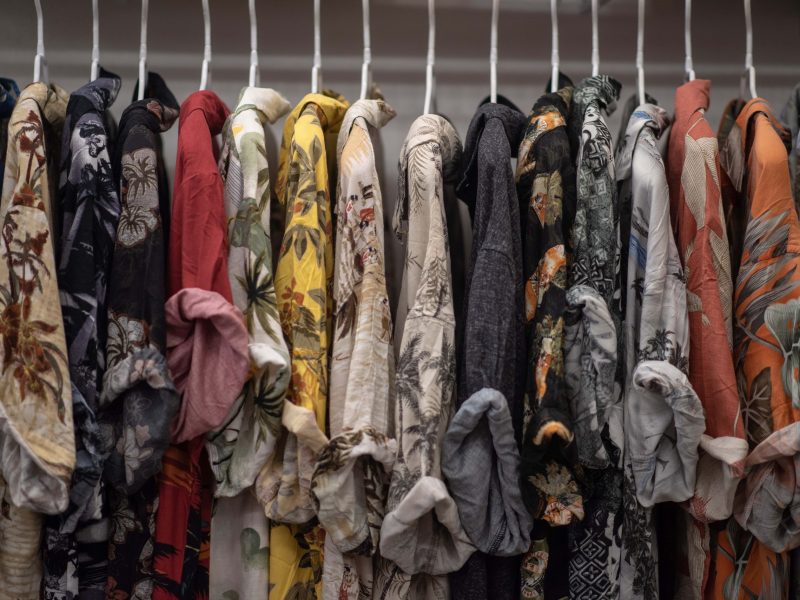Clothing objects worn around the human body. In most cases, clothing is composed of textiles or natural fibres, but over the years it’s also included clothing made of animal skins and fine sheets of different natural products such as animal fat and other thin layers of substances found in the soil, glued together by a process called ‘straining’. Strained clothes don’t have the same air-tight fit as manufactured clothes, for example, so they’re more likely to become worn out faster than hand-made clothing. If this happens to your favourite pair of jeans, you can almost certainly repair it with some DIY effort. The good news is that clothing repair isn’t too difficult, so even if your jeans were made to last, you might be able to keep them looking new without much help at all.
You may not like to think about the way clothing is made, but it’s a vital part of how fashion develops. The way that clothes fit our bodies is dictated by several factors, such as our weight, our height and our gender. Women and men’s clothing are made in different ways, with one principle being that larger clothing tends to make us look bigger, whereas smaller clothing makes us appear smaller. Fashion also dictates the colours and designs of our clothes, and the style of the neckline.
As we can see from the examples above, clothing does have an impact on our appearance. One of the reasons that we wear clothing is to hide our body flaws – these usually include our small breasts or uneven legs. But how important is that effect to our appearance? Does wearing clothing have any real impact on how we feel about ourselves as people?
One of the effects of clothing on our appearance is known as the ‘clothesline effect’, named after the British designer James Kelly. This effect occurs when clothes hanging over our bodies cause our heads to stick out from our backs. The reason for this is that the sleeves of our shirts or blouses hang down over our arms, making the lower half of our bodies less visible to other people. This can be distressing for people who find this situation unattractive, especially if they wear sleeveless blouses or long sleeves shirts.
One of the most common ways that we try to avoid this effect is to wear swaddling clothes or wrapping a portion of our body in a larger piece of clothing, such as a long sheet or a large wrap. However, many women find that even these swaddling clothes can be cumbersome and uncomfortable, and they would rather be able to control how their bodies look. This is where the idea of using clothes for comfort first enters the picture. Women can easily control the way that their clothes look by using strategically placed fabric features.
A popular feature of modern clothing that helps women achieve a flattering figure is called a two-piece silhouette. Two-piece silhouettes combine a two piece top and bottom piece, with the second piece typically resting on a separate but longer leg or waistband. Two-piece silhouettes are designed to make you appear slim and to minimize the appearance of any out-of-place areas in your body.
Trousers have traditionally been another area where women try to hide unwanted body features. Trousers were designed to cover up legs and arms, and often this has led people to assume that the only way to wear trousers in skirts or short dresses. Trousers have evolved into a stylish garment consisting of a few interesting fabric features.
The types of material used to make clothing also have an impact on the way that clothing looks. Some materials are more commonly chosen for fashion purposes than others, which makes the fabric selection process very important. Cashmere is one example of a material that has become increasingly popular for fashionable clothing. Other types of fabric include denim, chiffon, rayon, silk, and other fabrics.


